The Future of Mobility - Zero Collisions - Zero Emissions
Mapping Air Quality/ Emissions Through The City, And Upgrading Road Infrastructure For AVs to Adapt to Canadian Weather
Embedding sensors within road infrastructure to complement sensors in AVs.
Ensure safety by having no blindspots in sensors' detections
- Installing sensors alongside roads provide cars with additional information about what's happening within the roads' vicinity
Ensure that sensors work ideally regardless of (Canadian) weather conditions
Detection of jaywalkers and pedestrians patterns regardless of situations
- Detections would make it more possible for AVs to understand possible hazards
Interactive road infrastructure
- AVs and road infrastructure would be able to effectively communicate with each other
Non-invasive infrastructure
- Upgrades do not affect the ability of conventional cars to share the same roads with AVs
Avenues for energy savings
- When sensors detect no cars or pedestrians, it's possible to dim down street lights to ~20%, thus significantly reducing unnecessary energy consumption
Parts of proposal for the future of mobility in parts of Belgium and Vancouver, Canada.
Setup For Mapping City And Emissions:
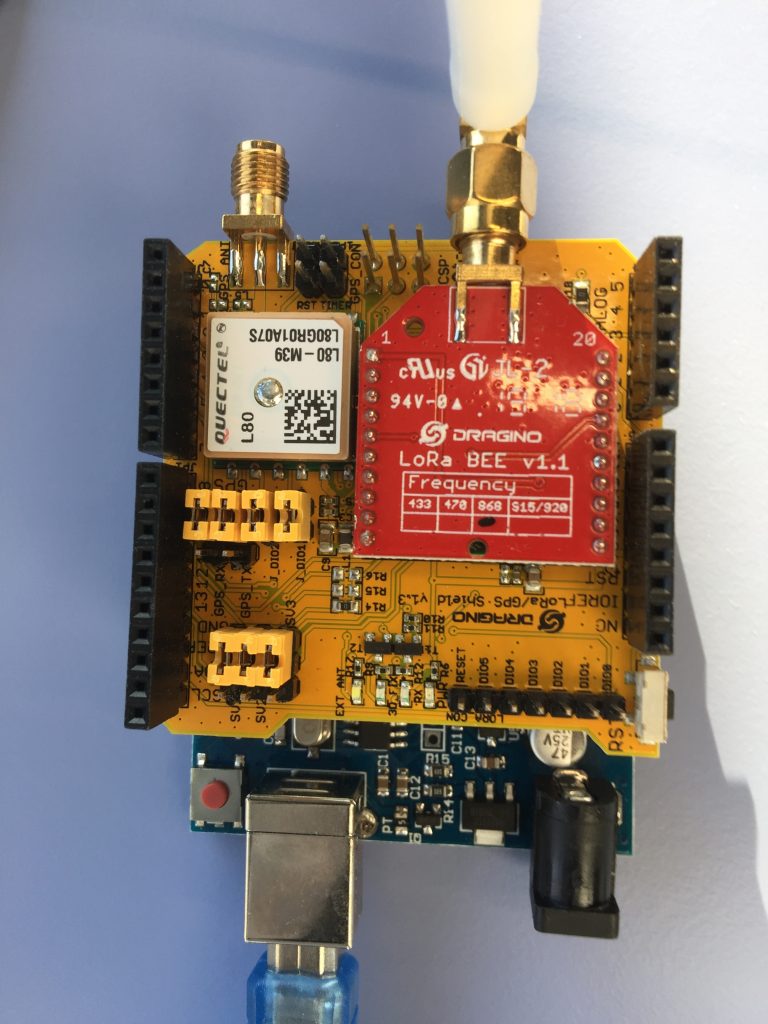
Microcontroller (acting as a node) with a GPS and LoraWAN is modules are used to collect and transmit data.

Data is transmitted to a gateway, and the data is uploaded online.
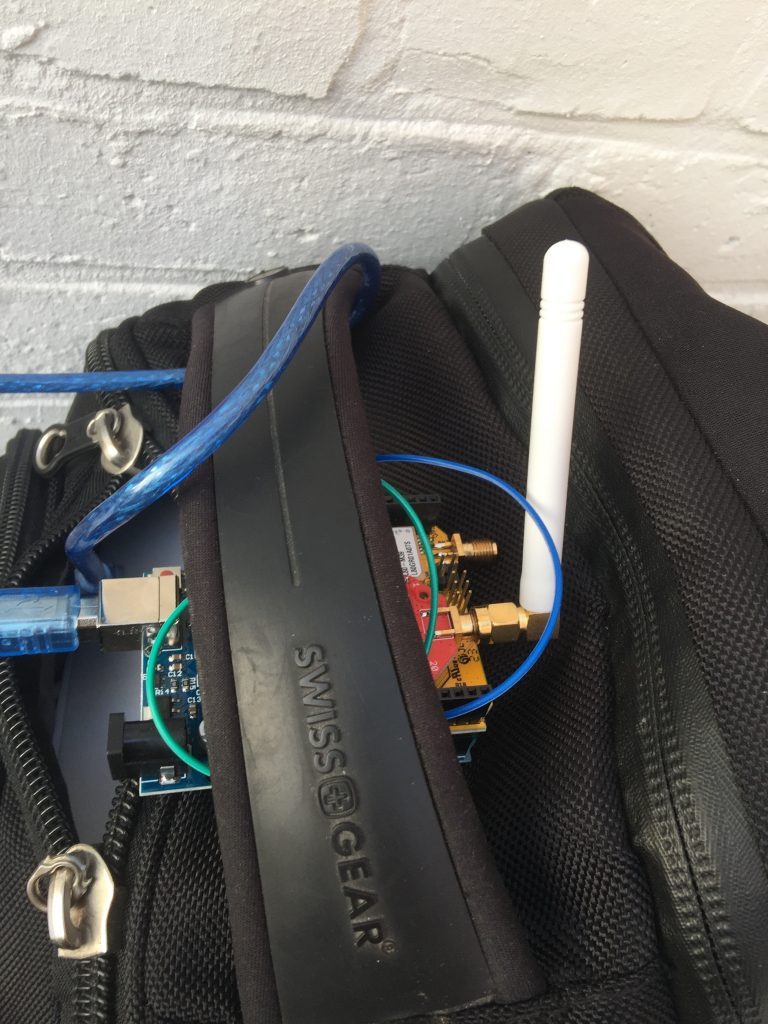
Node was mounted on my backpack, with the GPS module uncovered.
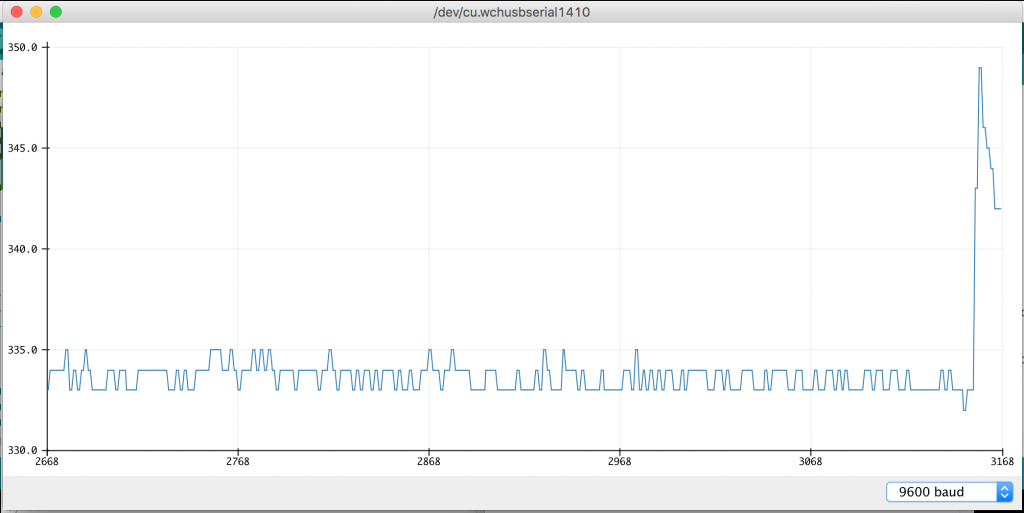
Testing out the CO sensor.
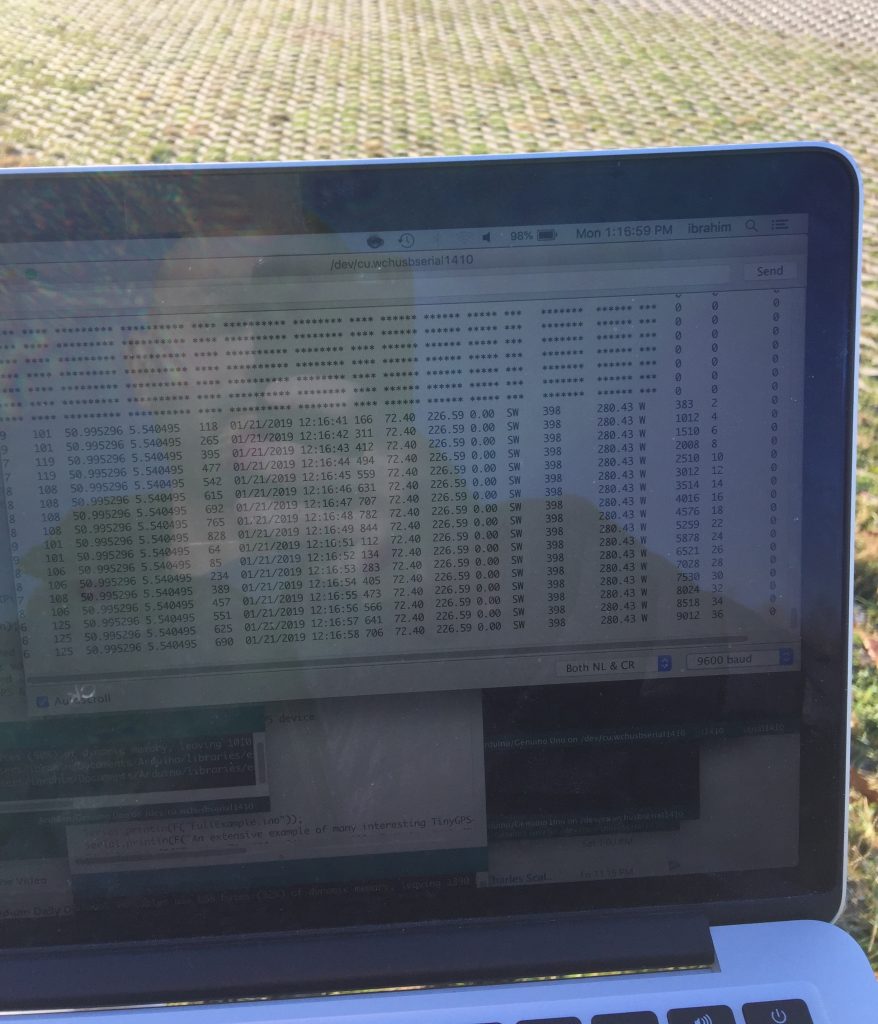
Raw GPS data, including coordinates, direction, time/date stamps, etc…
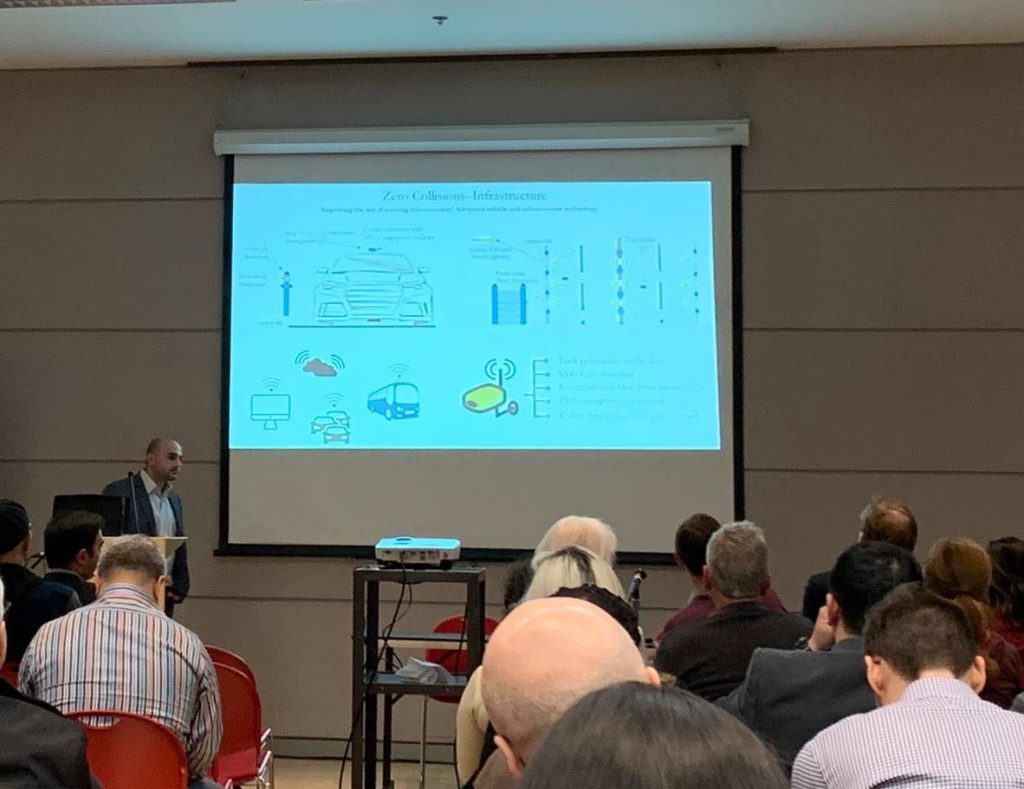
Presenting the designs.

Mapping out data on Google Maps.
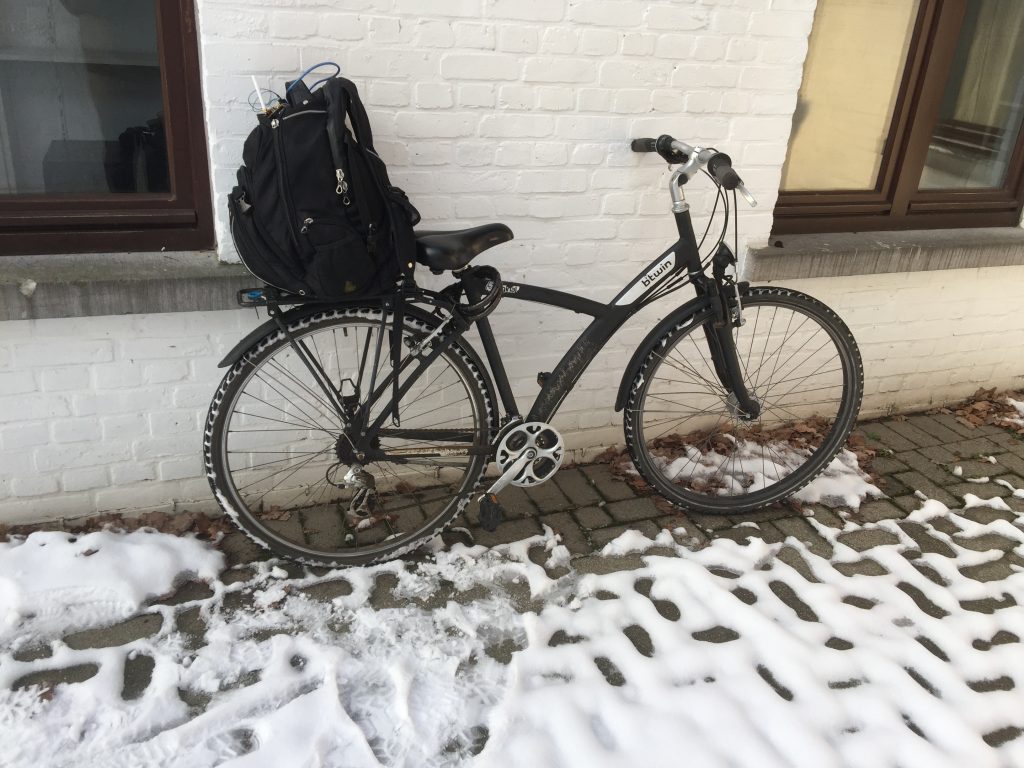
Testing setup: my cool and trustable bike! (a bit of an inside joke!!)
